Mum-of-three Ruby Turberville was an early champion of women’s rights and became a household name in Aberdeen.
Ruby was something of a trail-blazer for women of her time – holding down her high-powered job while bringing up her three boys.
She became a well-known and much-admired writer during the 1960s and 1970s, specialising in women’s issues long before it was fashionable to do so.
Life and times
Ruby was born on Christmas Eve in 1922.
She grew up in a two-room tenement flat with her two brothers and sister in Torry where her father was a trawler cook.
She attended Skene Square School before going on to the old Central School in Aberdeen where she excelled in singing and dancing.
She became a Wren in Aberdeen when war broke out before being based in Easthaven, where she met her husband Leslie who was a police officer.
The couple married in 1946.
They moved back to Aberdeen, having sons Eric, Philip and Michael.
Journey into journalism
After attending Skene Square School, Ruby moved with her two brothers and sister to Torry where her father was a trawler cook.
She went on to the old Central School and joined the WRNS soon after the outbreak of World War Two.
There she met Leslie, also in the Navy, marrying in 1946.
After Ruby left school, she became involved in community work and night classes.
She began her career as a part-time contributor to the weekly Bon Accord newspaper but had a burning ambition to become a journalist and eventually was hired by both the Press and Journal and Evening Express in a full-time position in the late-1950s.
Ruby thrived at the challenge in journalism and worked day and night, writing stories under the pseudonym June Day in the P&J and Erica Knight in the EE.
She found her niche with the EE during the 1960s where she appeared under her own name as the women’s editor of the newspaper.
Typhoid investigation in 1964
Ruby investigated when Aberdeen was brought to its knees by the largest typhoid outbreak in recent British history during the summer of 1964.
More than 500 people of all ages had to be quarantined in hospital.
The infection was eventually traced back to a single tin of Argentinean corned beef sold in a supermarket.
Chief sanitary inspector Herbert B. Parry was appointed to enforce the highest possible hygiene standards and started to publish tips in the Evening Express.
Ruby identified numerous city shops which didn’t reach the hygiene standards set by doctors.
She told readers she found “dirty overalls, food unprotected and sliced meat handled with anything but clean fingers”.
She also said she was shocked she couldn’t find a single grocery shop with a notice reminding the staff about hygiene.
Move into television
By this time Ruby was also in demand as a broadcaster with Radio Scotland and Northsound and then became popular on Grampian Television.
Ruby was widely acclaimed during this era not only as a journalist but as a local celebrity and was much in demand for personal appearances.
A talented public speaker, the mum-of-three was also a regular at women’s meetings and conferences throughout the north-east and beyond.
Her popular weekly EE postbag attracted hundreds of letters on a huge range of subjects and was always fun and sometimes controversial.
Her talent for identifying the issues and interests of women was immediately obvious and soon she had an army of fans all over the circulation area.
One feature involved getting a group of slimmers together and following their progress as they battled the bulge.
She had tremendous rapport with her readers which extended way beyond the columns of the Evening Express.
Wherever she went, she took on the role of ambassador for the newspaper she loved.
She did not just look at her work as a job but got involved and liked to meet her readers.
She continued to work after retiring
But she always put her husband and family first.
Journalism and the church were the second loves of her life.
She also taught singing, dancing and movement to youth and community groups, and Scottish country dancing to girls in a deprived neighbourhood.
After retiring from the EE, Ruby carried on as a freelance writer and broadcaster before she and Leslie moved to Cheshire.
She died peacefully on February 16 2003 following a battle with ill-health.
Ruby is still fondly remembered to this day for her incredible career.
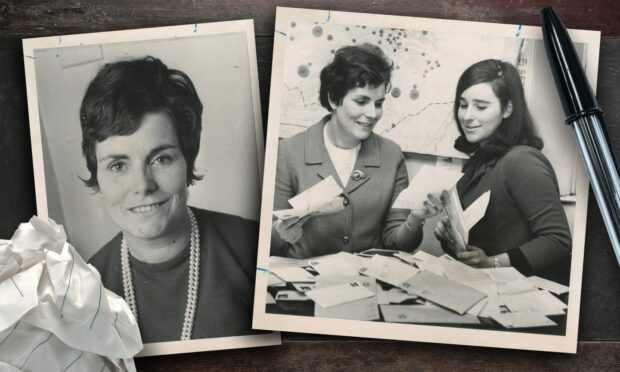
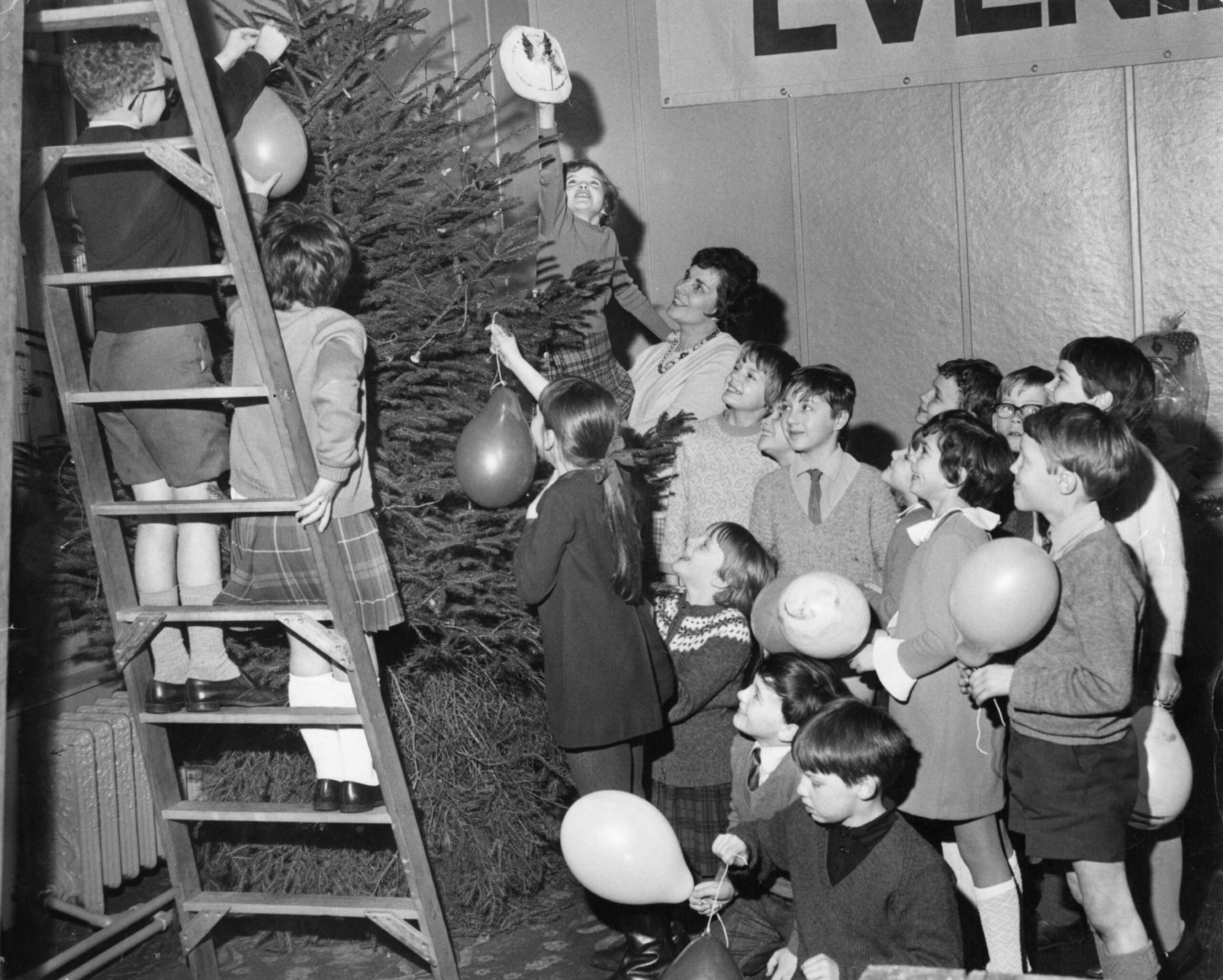
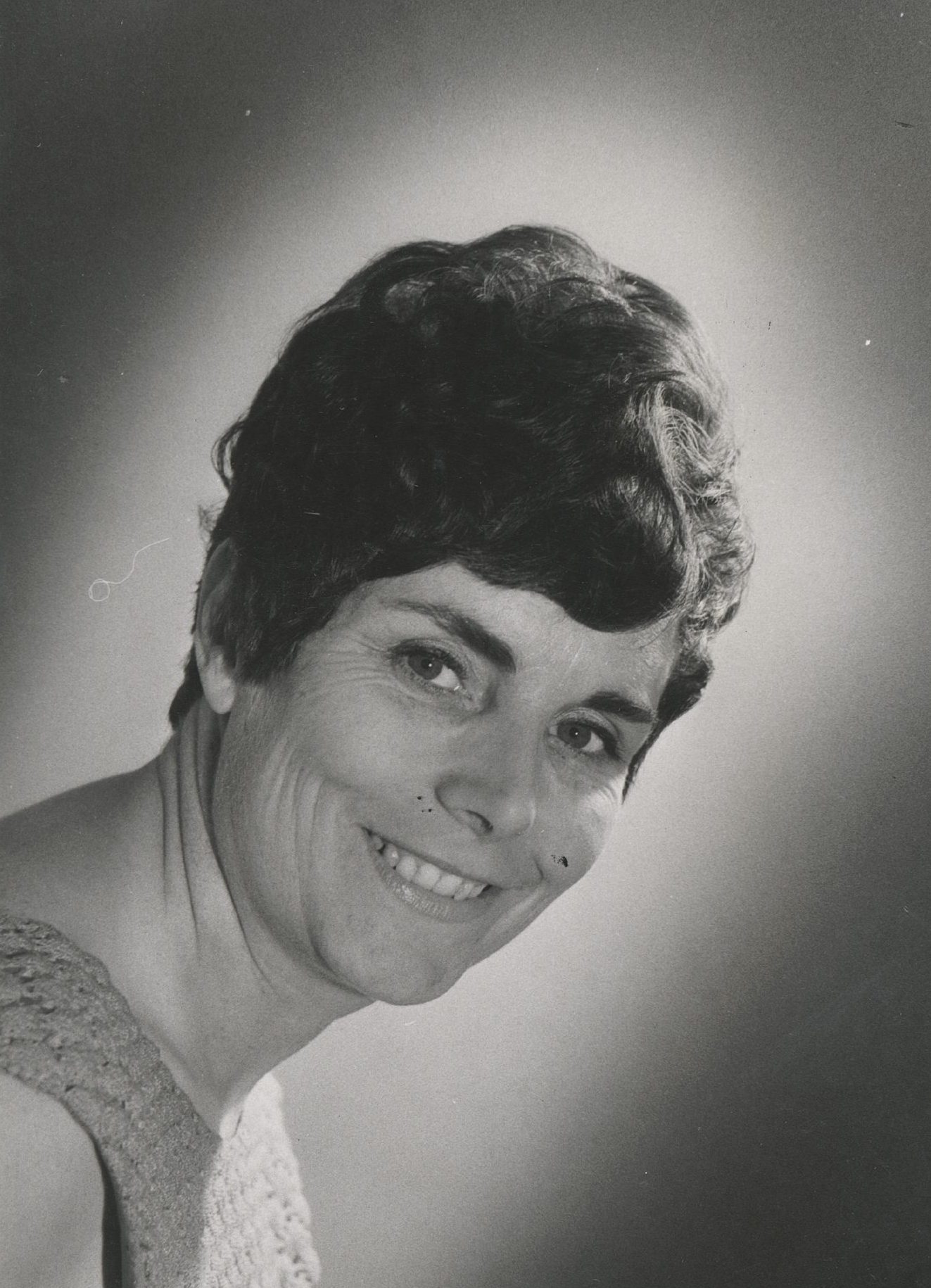


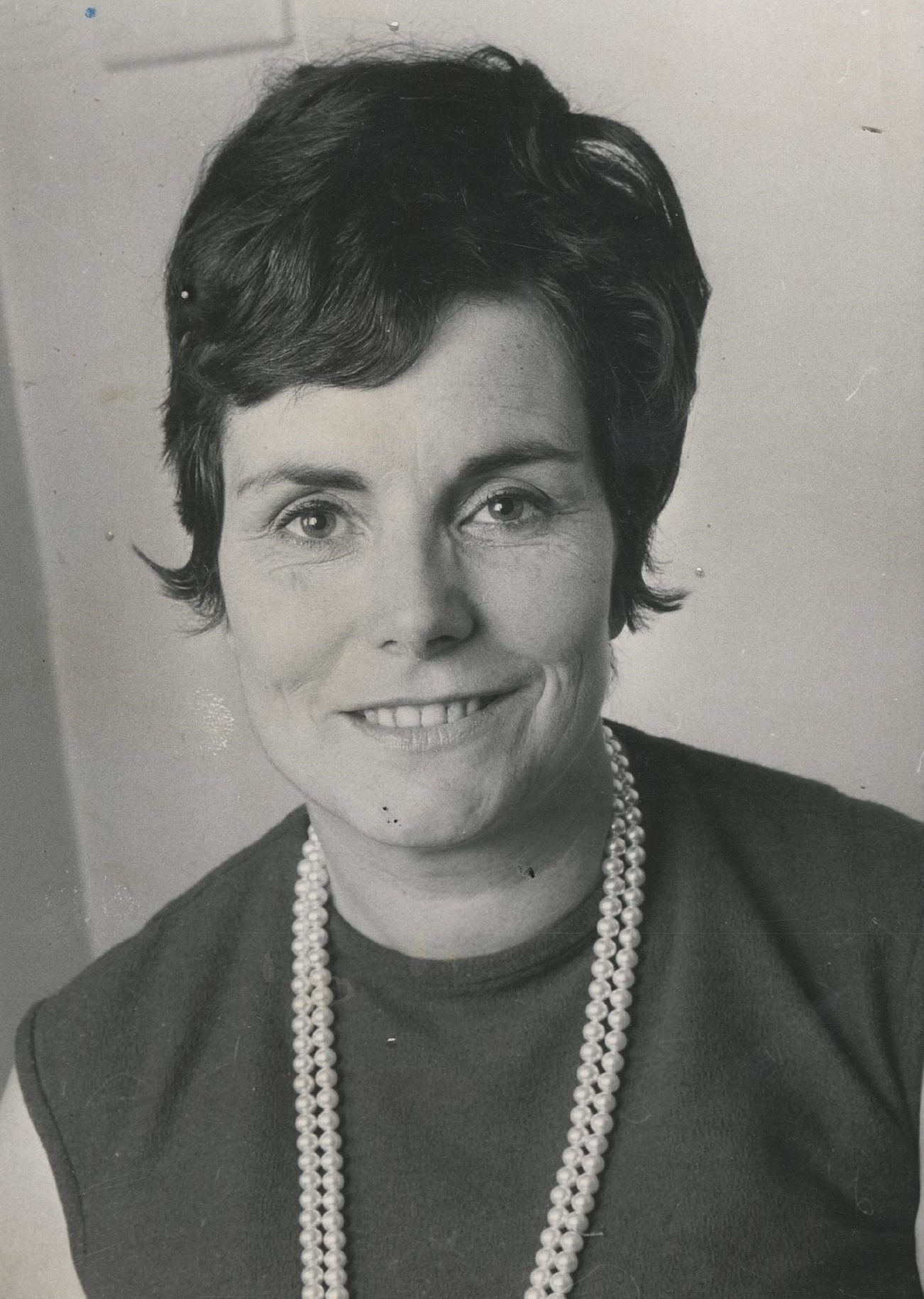
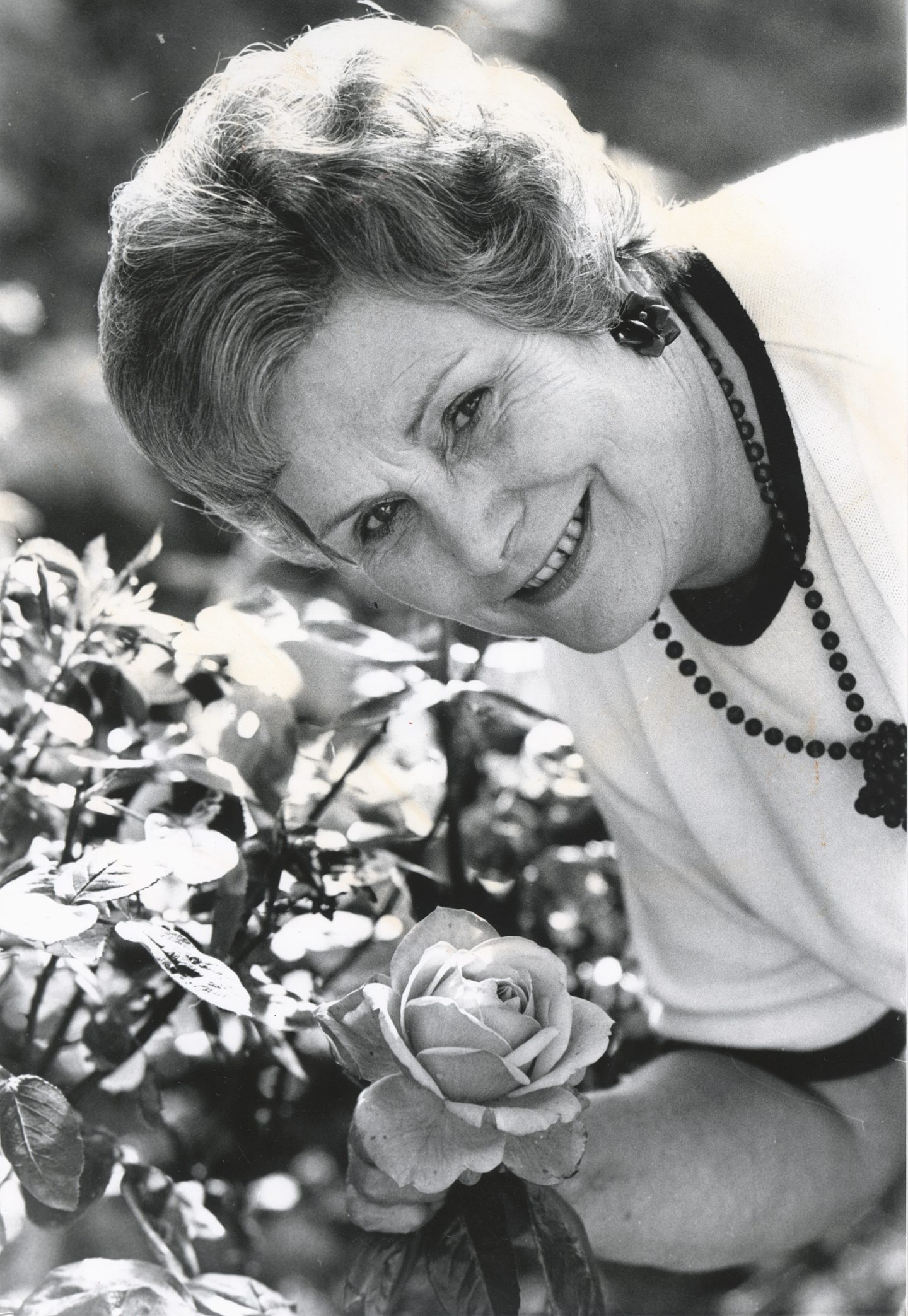
Conversation